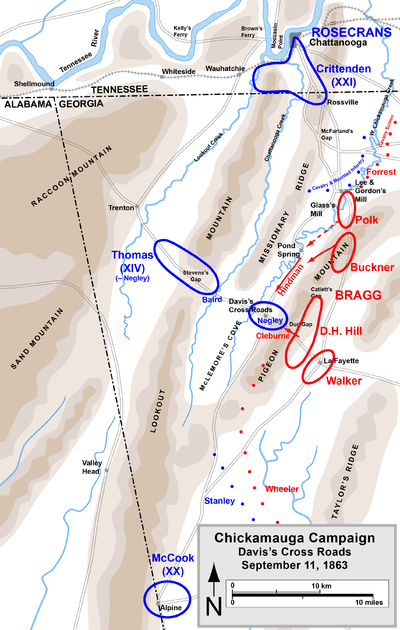Walker County Wills, Estates, Probate, Marriages, Church Records
Indexes to Probate Records
- Index to Walker County Wills, Vol. I, 1883-1917.
- Index to Walker County Inventories and Appraisements, Book A (1883-1895)
- Index to Walker County Inventories and Appraisements, Book A (1883-1895)
- Index to Walker County Annual Returns and Vouchers, Book A (1883-1888)
- Index to Walker County Annual Returns and Vouchers, Book B (1888-1892)
Marriages
Church Records
Births
Maps
Digital Images of Walker County Wills (1866-1887)
Testators: James Agnew, William Arnold, Joshua Baker, Hartwell Bell, Thomas Blackwell, Catherine Branham, Thomas Bryan, James Campbell, William Caruthers, H. L. Center, John Chapman, Jacob Cleckler, Hugh Conley, M. M. Cook, Lemuel Corker, Alexander Coulter, John Duncan, Joshua Duncan, Asel Gilbreath, James Hall, Hamilton Hunt, Dudley Jones, Nancy Lawrence, William Little, John Long, Spencer Marsh, Thomas McIntire, George McWilliams, H. Mills, Thomas Patton, John Phillips, Thomas Phipps, John Pike, Patience Smith, W. Wall, George White, Henry Williams, Willie Woods.
Traced Genealogies:
Walke County Families
| Goodson |
The Battle of Chickamauga as Told by a Union Officer

” The battle of Chickamauga was a useless battle, the broken and shattered Army of the Cumberland driven from the field and cooped up and nearly starved to death in Chattanooga, that (General) Rosecrans was in full possession of on September 9th, 1863.”
” My orders from General Rosecrans were to enter the city of Chattanooga, obtain all the information possible concerning the evacuation by Bragg, and return to him with my regiment. When I was ready to start back the road was filled with Crittenden’s corps of the Army of the Cumberland, which followed me into Chattanooga, and when just ready to return I was ordered by General Crittenden to go up the Tennessee River to Fire Island, ten miles, and enable Wilder with his brigade to cross.” But the Confederate cavalry was ahead until the regiment reached a famous grape plantation eight miles north of Chattanooga where Wilder’s Brigade was already crossing the river. They spent the night at Grayville, east of Chattanooga, and during the night received orders to join General Rosecrans at LaFayette. ” …and moving before daylight on September 11th I struck the Confederate pickets about two miles north of Ringgold. Sending word back to Wilder I dismounted my regiment when the enemy mounted and moved out to charge my line, waiting until they were close upon me my repeating Spencer rifles halted their charge and turned it back. Then they formed in two lines to renew the charge when Wilder came up with a section of 10-pound rifled cannon and opened immediately. Instantly the artillery fire was answered, but not a shot came near us; firing again with our artillery, instantly came the response. We did not know it then, but Crittenden’s troops were approaching Ringgold from the west and we from the north, and it was Crittenden’s guns we heard, while Forrest retreated through Ringgold’s gap. Had Crittenden’s troops and Wilder’s Brigade been acting in concert, General Forrest and his cavalry would have been captured at Ringgold. Sending out a company on the LaFayette road, the enemy was found in strong force at the Chickamauga River, and my regiment marched to Rossville, reaching there after dark. Confident that Rosecrans was in Chattanooga, and not in LaFayette, I sent officers to Chattanooga before daylight on the 12th of September, but they did not return to me, and an hour after daylight I took the road to LaFayette, striking the enemy in strong force at Gordon’s Mill on the Chickamauga. I was without corn for my animals, and finding a cornfield I fed my horses and filled the nose-bags with corn.” “